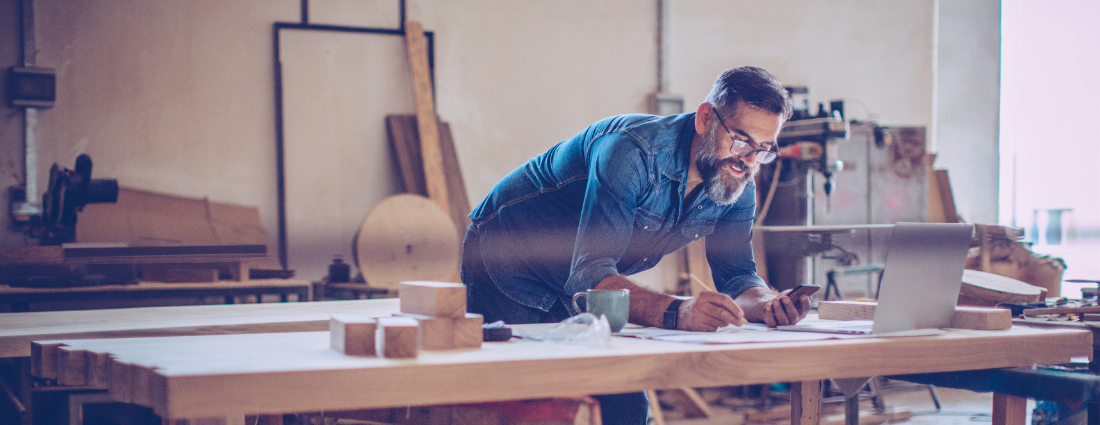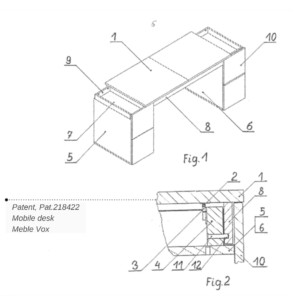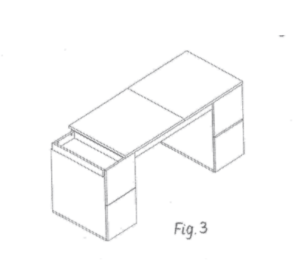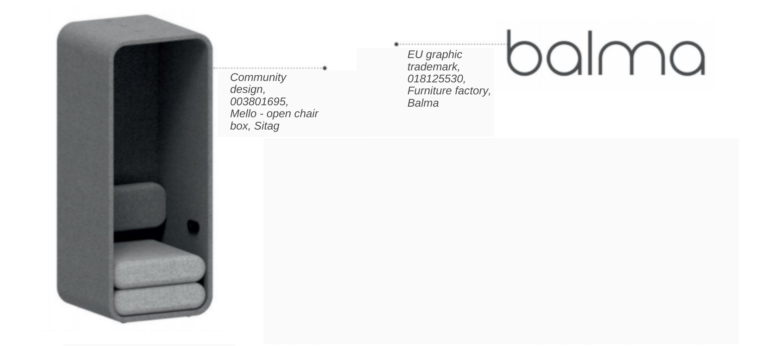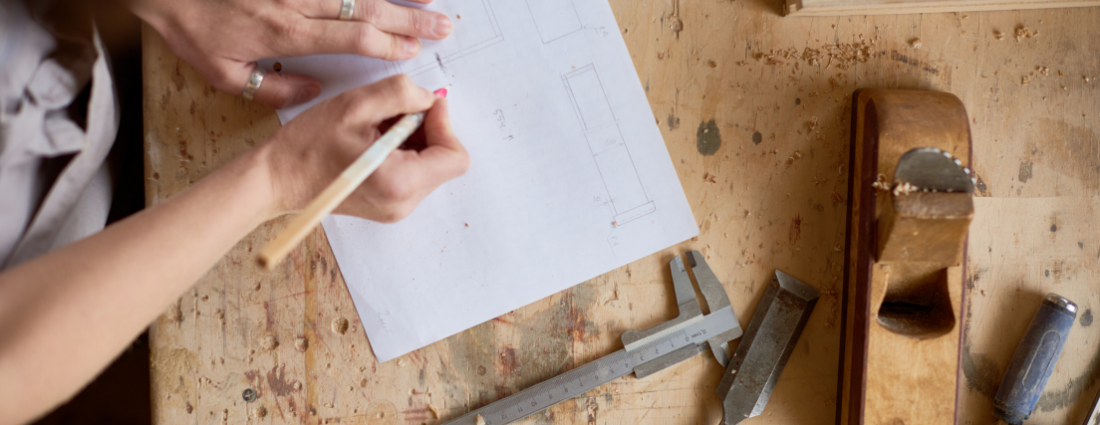Yeah, sometimes it happens that you see the things you’ve designed are being sold somewhere else… It is so unfair.
Entering the market with a new product or technology an entrepreneur should ensure the best and fullest protection for them. The protection should cover all levels – starting with the name of the product, the logo (trademark), the technology applied, devices or their elements (invention/utility model), ending with the form, which is the crucial element when it comes to furniture (industrial design): shape, color, and ornamentation.
All these elements of intellectual property protection should be complemented by effective contracts, clauses, and organizational security methods.
Furniture companies are constantly working on production improvements, innovative technologies, new furniture designs, original collections, and new versions of existing models. They often consider changing or refreshing the logo.
Naturally, they tend to expand the new market areas and create new platforms for cooperation.
Innovative solutions or investing in the design, that is refined, demanded, and not yet available at the market, may become a real “gold mine” for them.
The concept-to-product path seems to be very complicated. However, it does not always have to be this way. The key is to secure the product and your rights, as well as to ask for the support of experts either dealing with the project implementation directly or managing the project “environment”.
Each stage of product creation is specific in its way. You can never turn back the clock, which means that at some point it is impossible to obtain the necessary protection anymore. Therefore at every stage of our business development, we should remember about efficient intangible rights protection and integrated intellectual property (IP) strategy.
Invention
The technical solution, a production method or a device, the product itself, system, or its application – these are elements that can be patented. So it may be, for example, some innovative mechanism for unfolding lounge furniture, or adjustable height furniture. However, please note that the solution can be patented only on the condition that it has never seen daylight, which means that the patent application for the invention should be submitted before the invention is presented to the public.
Utility model
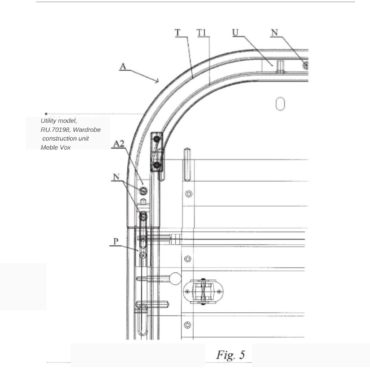
Industrial design
In furniture making the aesthetics of the external form of a product becomes the most fundamental aspect. When the innovative concept refers to the product appearance – lines, contours, shapes, colors, structure, material, and ornamentation, etc – we can and should protect it by submitting it as an industrial design. You can protect either
individual elements, for example, handles, or the whole furniture sets or systems… Protected industrial designs may, inter alia, be furniture itself, their fragments, or even furniture patterns.
For example, an industrial design can protect an original design or shape of the piece of furniture, a furniture set or a furniture part, etc. However, a change in the functionality of an article is not eligible for industrial design protection.
For instance, if the same desk featured a new sliding mechanism, the functionality of this aspect of the design wouldn’t be protectable by an industrial design right.
It could be protectable as an invention or utility model. As such, different aspects of a single article may be protected as a combination of inventions, industrial designs, trademarks (example), and even copyright (example).
The owner of a registered industrial design obtains a security instrument that prevents the third parties from unauthorized copying and imitating the articles bearing or embodying the protected design when such acts presuppose commercial purposes. The term of protection granted may vary from country to country, but in general, it is for minimum of 10 years (in Poland – 25 years).
When it comes to protecting an industrial design in Europe, there is a strong benefit – the EU has a harmonized industrial design protection for the registered designs in EU member states. This means you can get unitary protection (by submitting a community design) through a single procedure.
Trademark
Having chosen a name for our company, we order a graphic symbol (logo) right away. It is a fundamental element of a company’s brand identity. A registered trademark guarantees the owner an exclusive right to use it. Therefore, no one else can use a trademark for identical or similar products without legal permission. As a result of advertising and promotion, the project develops and the logo becomes recognizable, if unprotected it can be abused by competitors. There are also cases of unfair registration of someone else’s unregistered logo, so your trademark registration should be a priority in your IP strategy. Typical furniture industry trademarks are company name trademarks, or trademarks referring to a certain piece of furniture name or furniture collection name, or a logotype.
It happens that brands owning style icon logos register their designs as graphic or Three dimensional (3D) trademarks,
However, it happens rarely and the protection is usually unjustified. We should remember that the external design of the piece of furniture can be a trademark on the condition it performs a distinguishing function for the consumers. It means that when consumers see the image of a product, they can tell that the product comes from a specific manufacturer, and they don’t need any additional marking (e.g. a producer’s name). Such a situation is possible, but really exceptional.
Mostly, however, a word or logo trademark is registered for a piece of furniture or a collection.
For example, famous Arne Jacobsen’s projects, such as the Egg Chair or Swan Chair, are registered as trademarks. “Arne Jacobsen” (surname) is registered as a trademark as well. The latter case is a more common example of using the trademark instrument, and the former one is rather an exception.
Territoriality of Intellectual property
The basic rule for all exclusive rights is that they are territorial. Industrial property rights are protected on the territory where the protection was applied for, which means, the solution should be submitted, then registered, and the protection right for it should be properly maintained afterward.
Therefore the regulations relating to an invention, an industrial design, or a trademark in one country don’t depend on the corresponding regulations on other territories.
Thus, the protection right for a certain piece of furniture design or the technical solution may belong to different owners in different countries. A furniture designer just needs to sell the property rights for his project to one company in Poland, and another in, let’s say, France or the USA.
Where to start?
How to make a good choice.
First, until protection is obtained, a new solution shouldn’t be disclosed, especially to parties that could be somehow interested in the solution. It includes any form of disclosure in media, websites, trade fairs, exhibitions, during seminars, and conferences. Non-disclosure agreements can help here.
Second, it is worth consulting a patent attorney. A patent/trademark attorney will help you to choose the most effective means to obtain exclusive rights, to identify which element is worth protection, with which instrument, on which territory. He or she will advise on fees, deadlines, and formalities, prepare the contracts needed for your property rights protection. Some decisions may be spread over time and do not require immediate action, but it is worth exploring the different options.
And, with that comes the third rule, which presupposes a comprehensive approach: to choose the optimal protection patent attorney should know our plans on the product and the company’s product development strategy. Then an individual IP protection strategy may be created mindfully.
From time to time, it is worth verifying the settings and modifying the rights obtained accordingly, adapting them to market and law changes. It is important to see the IP protection system as an interconnected whole of legal instruments that we can and should use to protect our products and brand development.
Summing up
When it comes to managing intellectual property, let’s be aware of the context, let’s take into consideration time and territory importance, and the legal instrument’s palette. Let’s use the knowledge and experience of a patent attorney’s office that knows how the system works and operates efficiently. It’s worth trying to create your intellectual property strategy. It does not always have to be extremely extensive, but it is important that it is well-thought-out, responding to the needs and possibilities, and also implemented.
Launching a new furniture collection or interior accessories you need to remember not only functionality and aesthetics issues but also legal protection. Regardless of what element is to be protected, it must be protected from unauthorized public disclosure or report.
It is important to take into consideration the broader context of the project, no matter if the product emerges for a moment, for one or two seasons, or for longer; no matter if it is to be sold locally or abroad, no matter who and how is to distribute it. You should take these aspects into account from the very beginning
– thanks to this, the IP protection strategy and implementation will be well-thought-out, matched to your needs and abilities, and, above all, effective. •
* The authors are the experts from PORAJ LAW AND PATENT OFFICE:
Anna Cybulka, patent attorney, lawyer, mediator; Jagoda Węglewska, senior intellectual property specialist, trainee legal advisor
www.poraj.com
* The images used are taken from the official patent and trademark offices databases.


